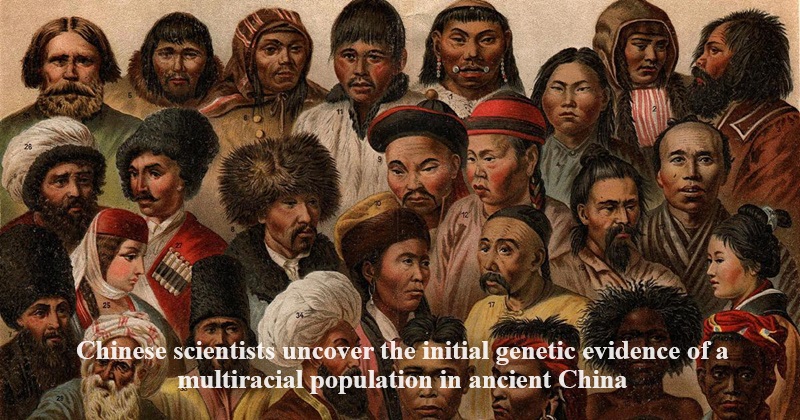
A study conducted by Chinese scientists has revealed genetic evidence of a multiracial population in ancient China through the analysis of DNA from remains discovered at a key junction along the Silk Road. Using advanced palaeogenomic techniques, researchers identified two individuals with East-West admixture in the ancient city of Dunhuang, shedding light on the intermingling of genetically distinct groups.
One individual from the Cao-Wei dynasty (220-265 AD) displayed West Eurasian genetic components reaching up to 30 percent, while another from the Tang dynasty (618-907 AD) exhibited an even more pronounced West Eurasian genetic component, accounting for up to half of their genome. Notably, both cases indicated that the mother originated from the West, challenging previous assumptions and suggesting a pattern of local men forming unions with “exotic” women from the West, known as “Hu Ji” in Chinese classical literature.
Wen Shaoqing, an associate professor at Fudan University in Shanghai and a study author, emphasized the limitations in precisely pinpointing the specific Western origin with the available genome information. The study defined the West as the region west of Central Asia in the Eurasian continent, while the East referred to East Asia.
Dunhuang, situated in the Hexi Corridor in modern-day Gansu province, played a crucial role as an intersection on the ancient Silk Road, facilitating cross-continental material and cultural exchange. The research, published in the peer-reviewed journal Science Bulletin, was a collaborative effort involving researchers from Fudan University, Xiamen University, and the Gansu Provincial Institute of Cultural Relics and Archaeology.
Jin Xin, deputy director of the Institute of Precision Health Research at BGl-Research, commended the study, stating, “This is an interesting study that fills the knowledge gap,” and it provided insights into the Hexi Corridor’s role in China’s interactions with world civilizations during that era.

Post Your Comments